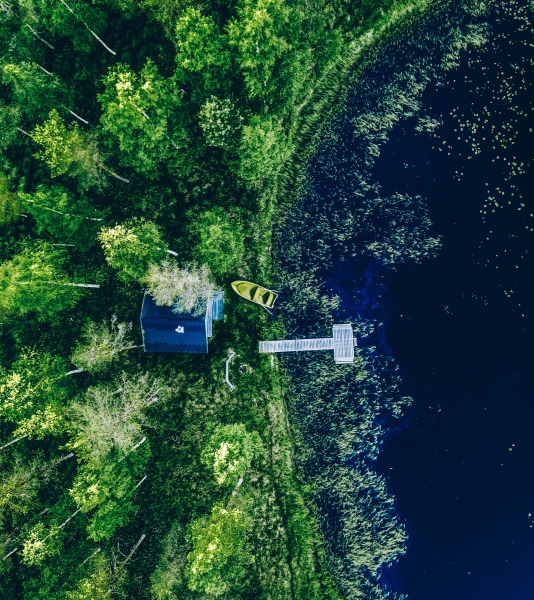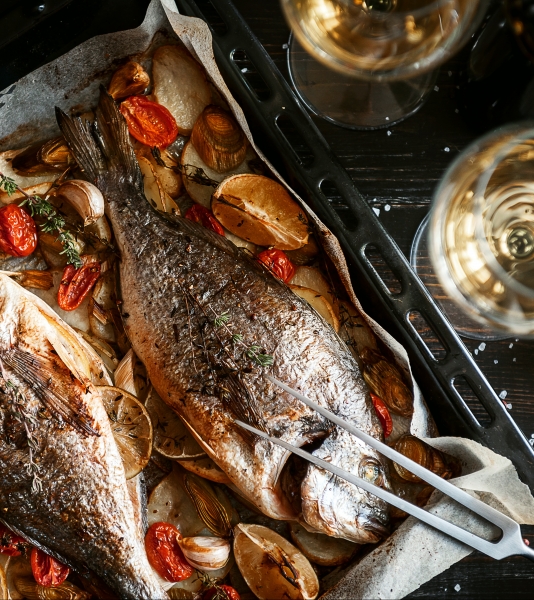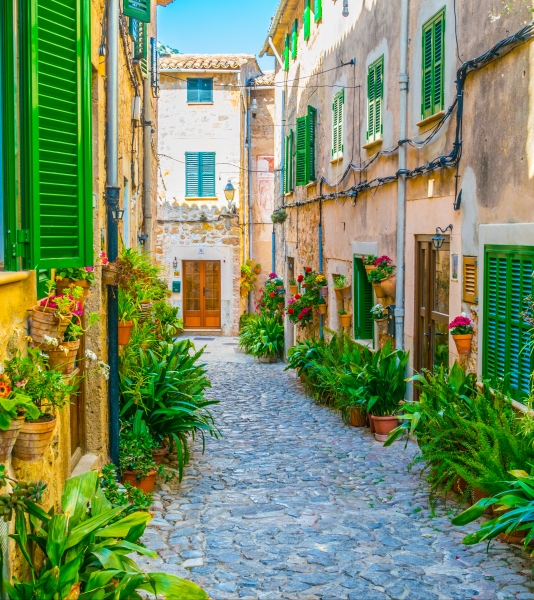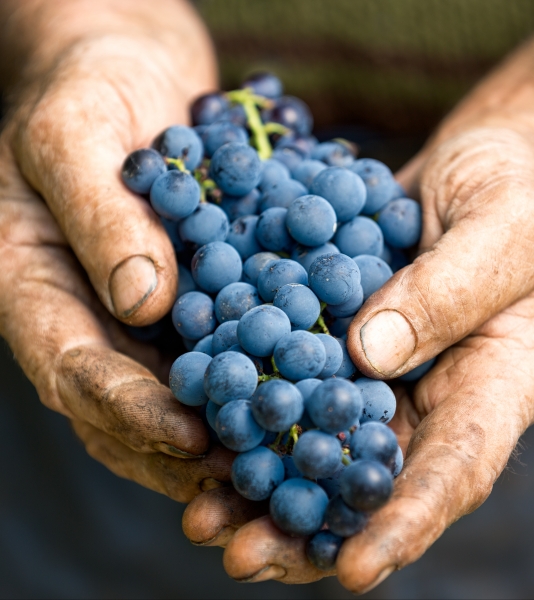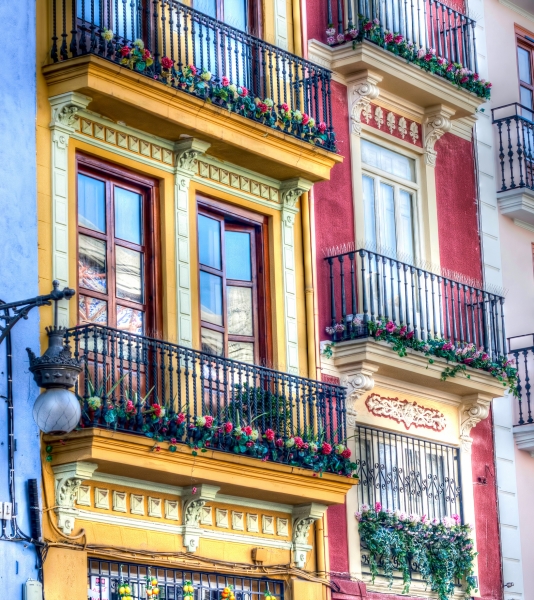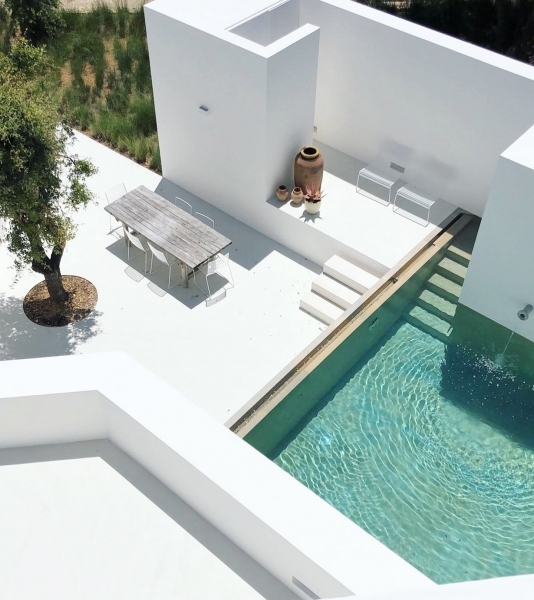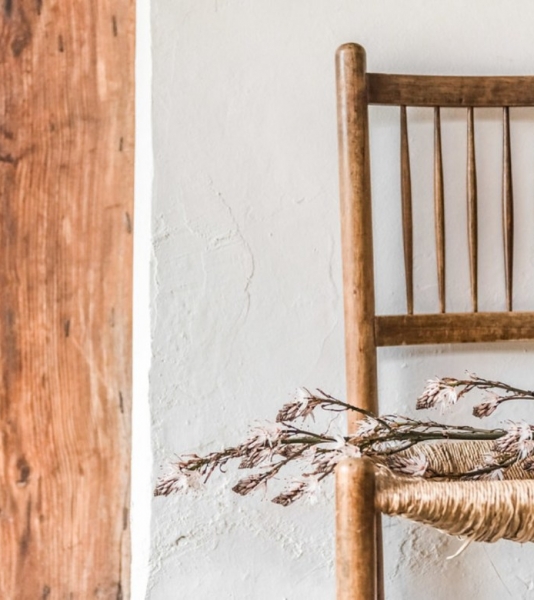Hotels in der Lombardei
In den Bergen gelegen haben wir die schönsten Unterkünfte und Hotels in der Lombardei gefunden, als wir durch die wunderschöne Region gereist sind. Sie können in der wunderschönen Altstadt von Bergamo in einem süßen, romantischen Boutique Hotel übernachten und von dort die wunderbare Landschaft erkunden. Wenn Sie es etwas außergewöhnlicher mögen und sich für Agritourismus interessieren, übernachten Sie doch in einem Hotel ökologischen Dorf mitten in der Natur, genießen vegetarische Speisen und erleben die atemberaubende Natur.


